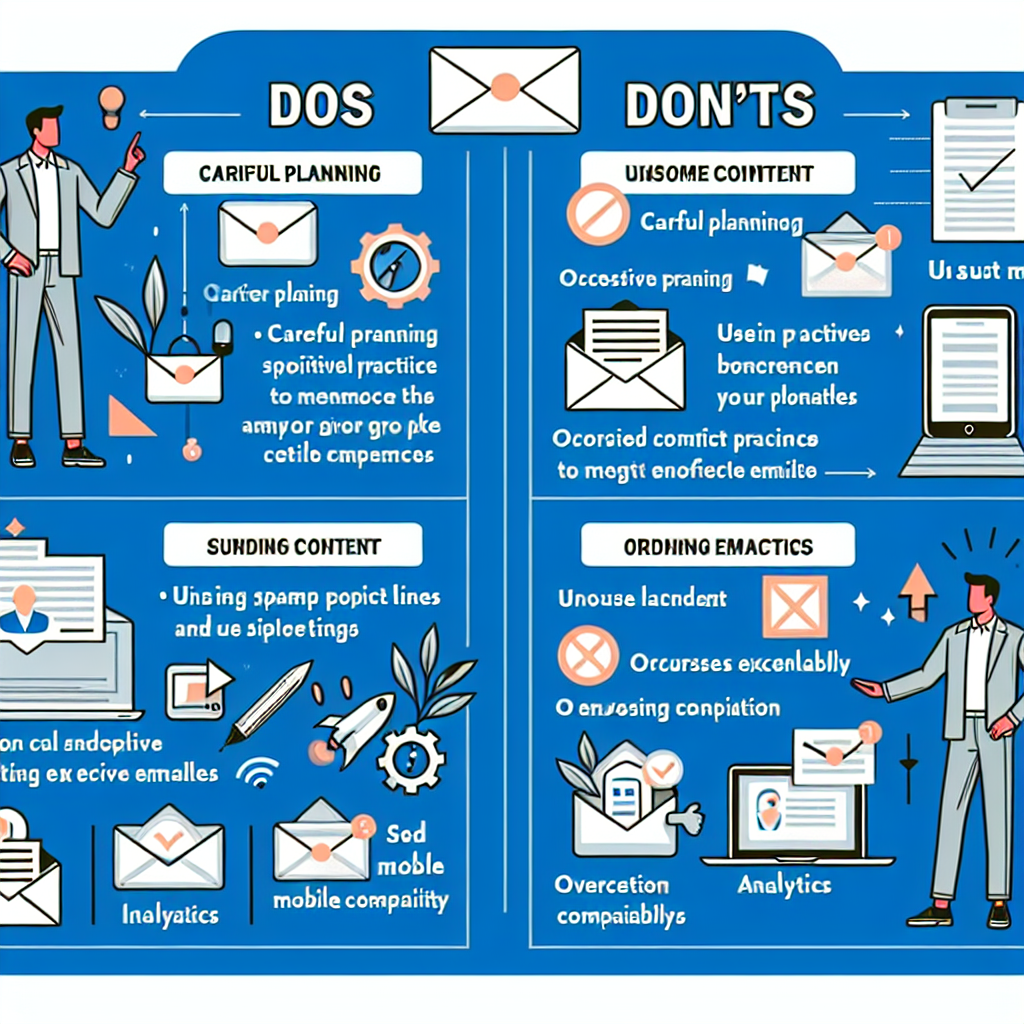How to Use A/B Testing in Your Email Marketing
In the rapidly evolving world of digital marketing, email remains a powerful tool for engaging with your audience. However, not all email campaigns are created equal. To ensure your emails are resonating with your subscribers, it’s essential to test and refine your strategies. This is where A/B testing comes into play.
A/B testing, also known as split testing, is a method of comparing two versions of an email to determine which one performs better. By using A/B testing, you can optimize your email marketing efforts to improve open rates, click-through rates, and ultimately, conversions.
What is A/B Testing?
A/B testing is a method of comparing two versions of an email to see which one performs better. It involves sending one variation of your email (Variant A) to a subset of your audience and another variation (Variant B) to another subset. By analyzing the results, you can determine which version is more effective and apply those insights to future campaigns.
Why is A/B Testing Important in Email Marketing?
A/B testing is crucial for several reasons:
- It helps identify what resonates with your audience.
- It allows you to make data-driven decisions.
- It can significantly improve your email marketing metrics.
Steps to Conduct A/B Testing in Email Marketing
To effectively use A/B testing in your email marketing, follow these steps:
1. Define Your Goal
Before you start an A/B test, it’s important to define what you want to achieve. Are you looking to increase open rates, click-through rates, or conversions? Having a clear goal will help you determine what to test and how to measure success.
2. Choose a Variable to Test
Next, choose the element of your email that you want to test. Common variables include:
- Subject Lines: Test different subject lines to see which one generates higher open rates.
- Call-to-Action (CTA): Experiment with different CTAs to see which one drives more clicks.
- Email Content: Compare different email copy, images, or layouts.
- Send Times: Test different days and times to find out when your audience is most responsive.
3. Create Your Test Variations
Once you’ve chosen a variable to test, create two versions of your email. Keep the variations to a minimum to ensure that the results are due to the variable you are testing and not other factors.
4. Determine Your Sample Size
Your sample size should be large enough to provide statistically significant results. A common approach is to send the variations to a small percentage of your total list (e.g., 10%) and then send the winning version to the remaining subscribers.
5. Analyze the Results
After running your A/B test, analyze the results to determine which version performed better. Look at key metrics such as open rates, click-through rates, and conversions to make an informed decision.
Best Practices for A/B Testing in Email Marketing
To get the most out of your A/B testing efforts, consider the following best practices:
Test One Variable at a Time
To ensure accurate results, test only one variable at a time. Testing multiple variables simultaneously can make it difficult to determine which change was responsible for the results.
Run Tests for a Sufficient Duration
Allow your A/B tests to run for a sufficient duration to gather enough data. Ending a test too early can result in inconclusive or misleading results.
Use a Large Enough Sample Size
Ensure your sample size is large enough to provide statistically significant results. A small sample size can lead to unreliable conclusions.
Keep Track of Your Tests
Maintain a record of your A/B tests, including the variables tested, results, and conclusions. This will help you identify trends and make more informed decisions in the future.
Continuously Optimize
A/B testing is an ongoing process. Continuously test and optimize different elements of your emails to improve your overall email marketing performance.
Conclusion
A/B testing is a powerful tool for optimizing your email marketing campaigns. By systematically testing different variables and analyzing the results, you can make data-driven decisions that improve your open rates, click-through rates, and conversions. Remember to define your goals, choose the right variables, create test variations, determine your sample size, and analyze the results. By following these steps and best practices, you’ll be well on your way to mastering A/B testing and achieving better results from your email marketing efforts.
Start incorporating A/B testing into your email marketing strategy today and watch your engagement and conversions soar!


